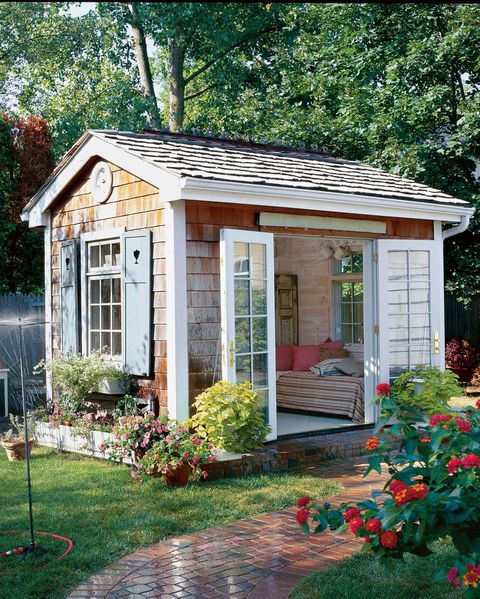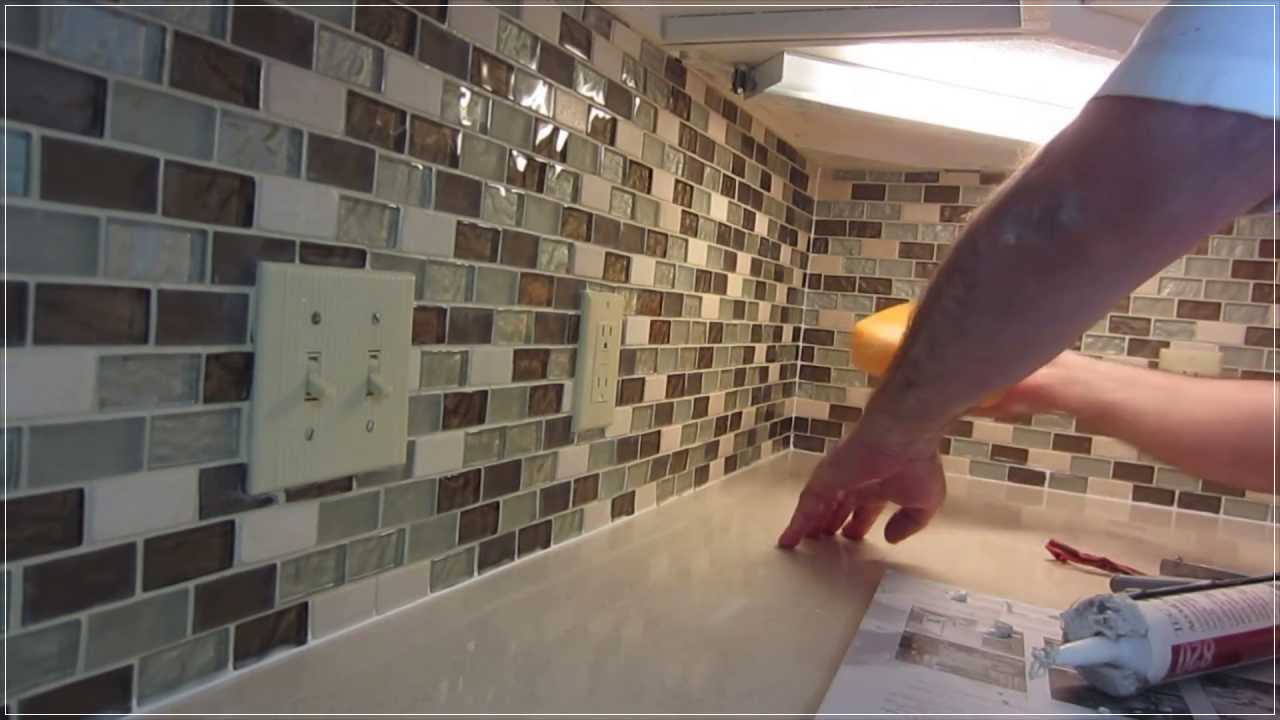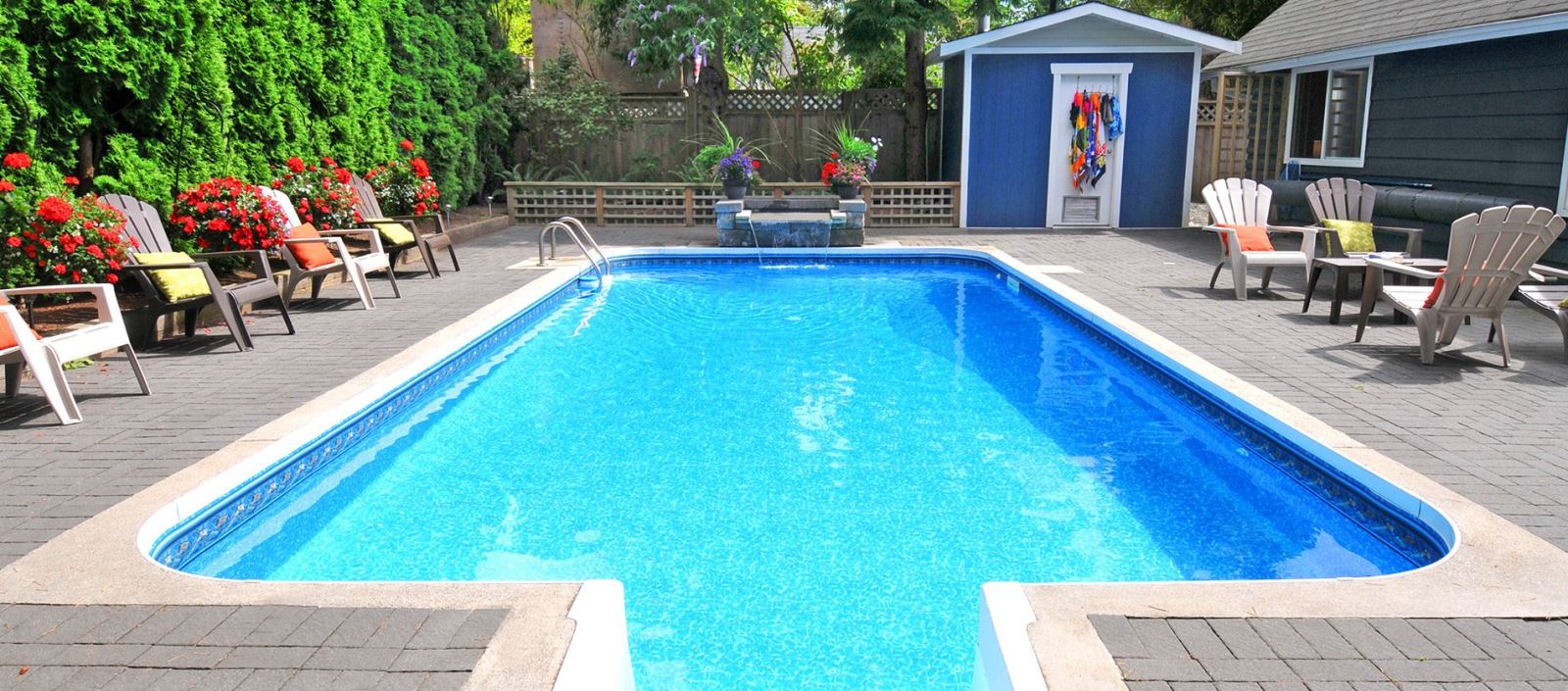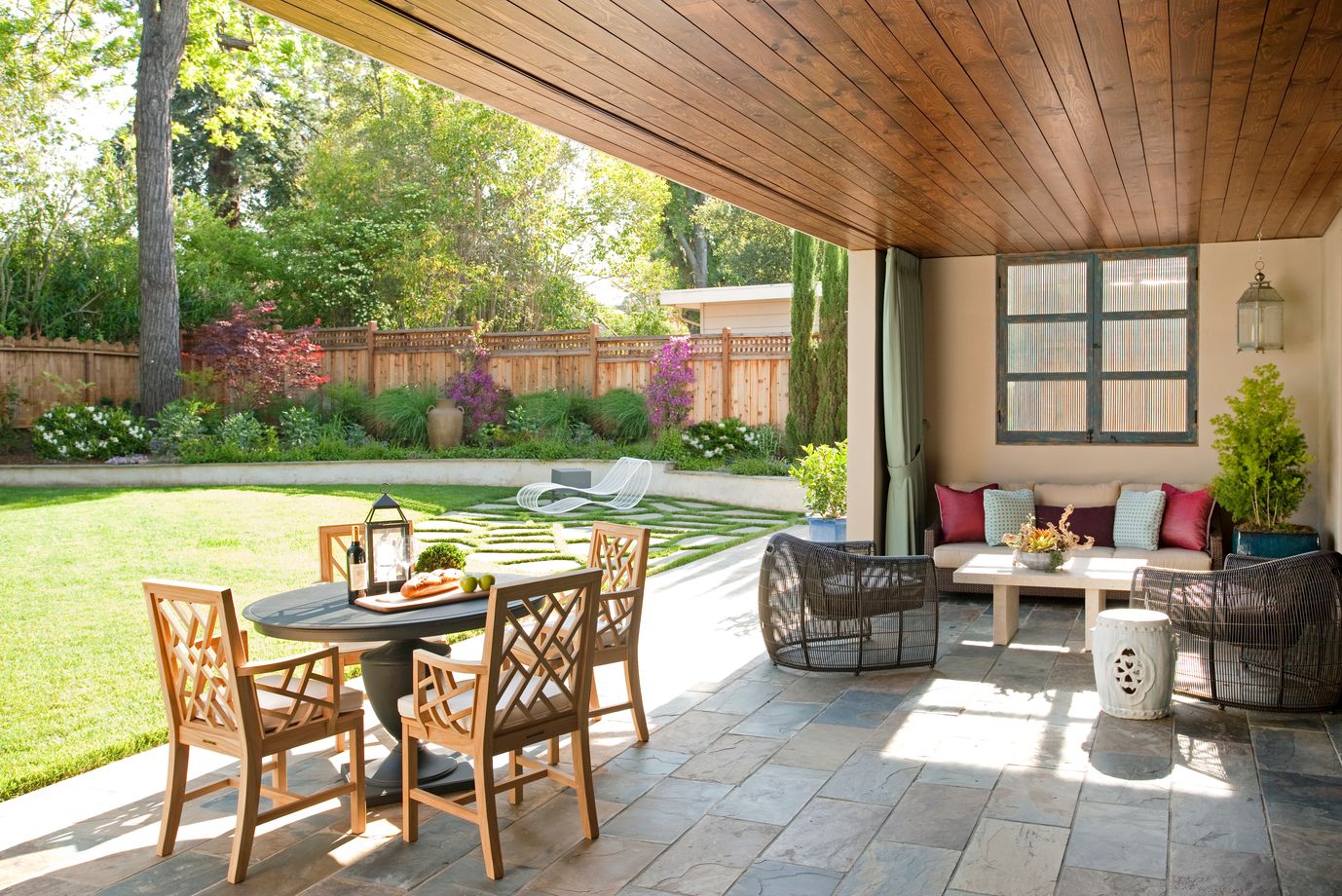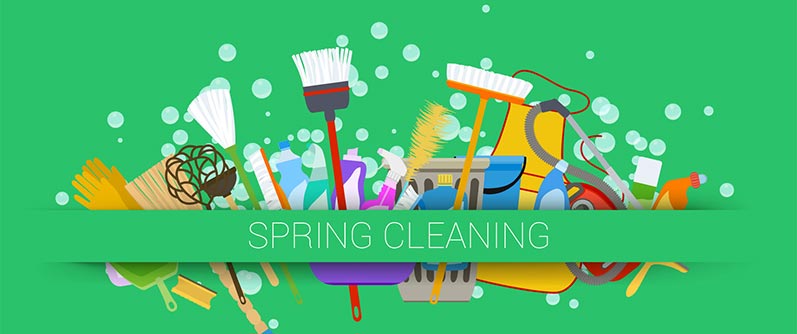Necessary Tools for the Homeowner
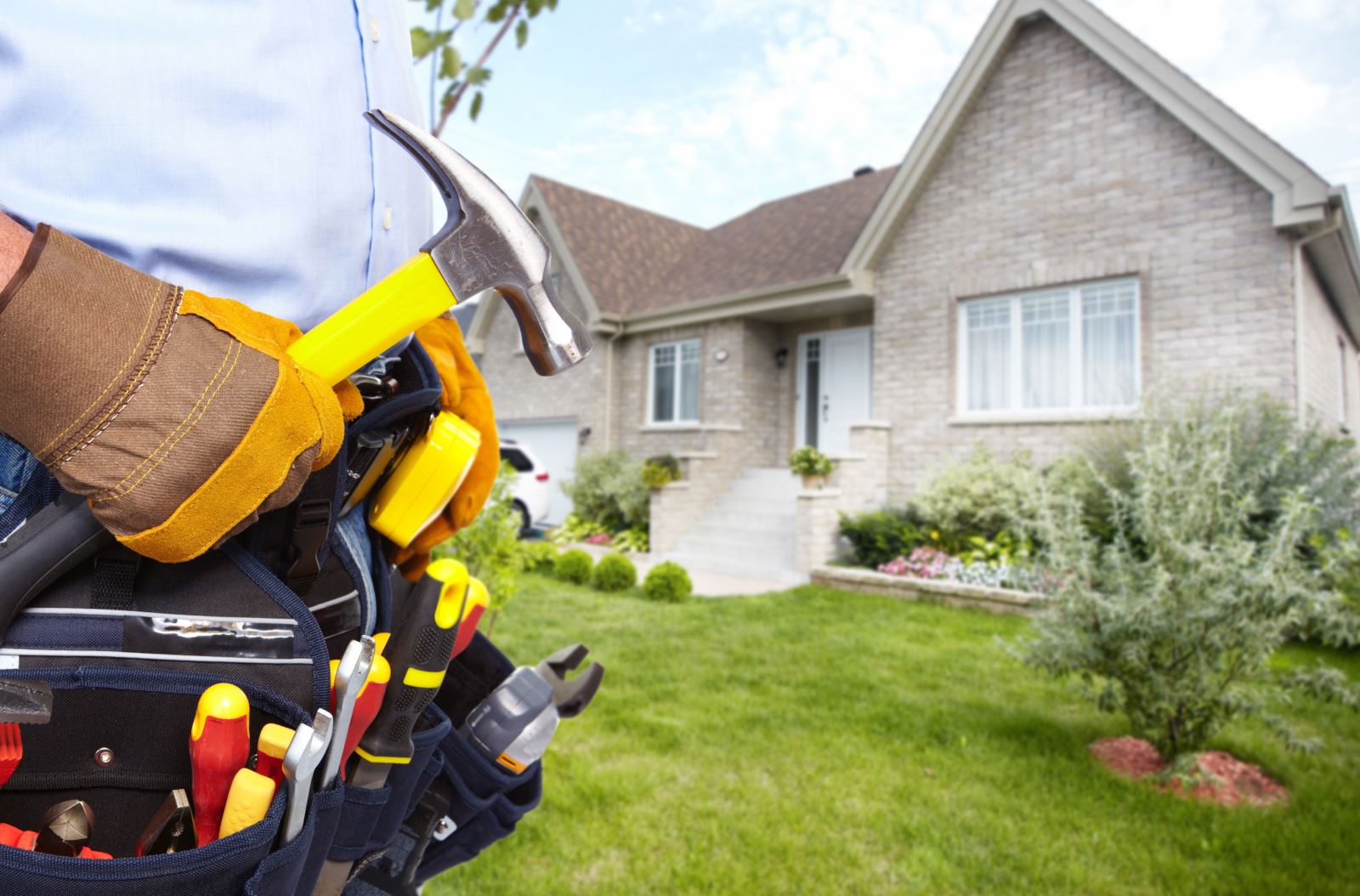
While not everyone considers themselves a Weekend Warrior, every homeowner should have certain tools on hand. A small hammer and duct tape are just the basics every person should own, and while a large toolset isn’t necessary, some items are. Keep this guide in mind the next time you head out to the home center or local hardware store.
-
Toolbox: It may seem obvious, but keeping everything in one place will save time when you need an item in a hurry, and keep the box in a dedicated place in your garage or storage closet.
-
Claw Hammer: Every home needs a hammer, preferably with a clawed end to remove nails or for prying hard-to-open objects.
-
Adjustable Wrench:An adjustable wrench takes the place of a wrench set, and, hence the name, can adjust to most average-size bolts.
-
Screwdriver: Most people have two standard screwdrivers: flathead and Phillips. There are screwdrivers that have changeable bits for different sized screws, and they are especially convenient.
-
Pliers: Many types of this versatile tool are available, and the basic design is perfect for all sorts of jobs. You can get specialized styles: needle-nosed, pliers with wire cutters--the choices are endless. Get what you think is best for your needs.
-
Boxcutter/Utility Knife: A folding or disappearing blade would be best for this tool, especially if you have children. It’s a great tool to have for many uses, such as cutting insulation, trimming shingles, as well as repairing drywall.
-
25-foot Tape Measure: You never know when you’ll need to measure more than a yard-stick’s length, and a 25-foot style is great for measuring rooms, or outdoor projects.
-
Cordless Drill: Brian Kelsey, host of the online video series, Kelsey on the House, says a cordless drill will become your “...most-used tool in your tool kit,”
Home centers will have an array of pre-filled toolboxes, and if that’s what suits your needs, purchase one of those. But if you know what you want, assemble a custom tool set to use for all your home projects/minor repairs. Bob Vila provides a list with some extras not listed here, so if you’re a go-getter in the DIY field, see his recommendations for a little more than the basics.
Courtesy of Chester County PA Realtor Scott Darling.
Photo credit: http://turnkeymakereadybcs.com
